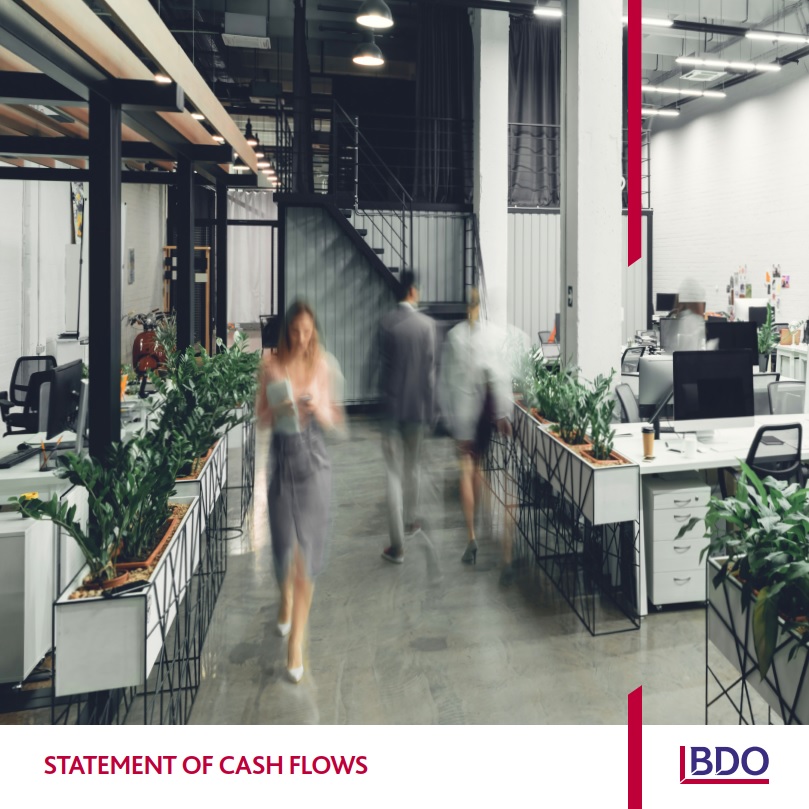There are many reasons for taking an interest in how an entity generates and uses cash and cash equivalents.
The balance of cash and cash equivalents along with cash receipts and payments determine an entity’s present and future solvency. An entity needs cash to cover its operating expenses and to make investments and payments to its equity and debt investors.
To make forward-looking decisions, it is essential to assess an entity’s ability to generate cash over a specific period of time, for example the next three months or a year. It is quite common that decisions and estimates do not realise as planned and plans need to be adjusted. An organisation (wishing to learn from its activities) provides feedback to its decision-making process so that the realisation of a planned outcome is measured and assessed before plans are adjusted or new ones made.
Historical cash flow information is used, among other things, as an indicator of the relevance and timeliness of the forecasts of future cash flows and in analysing the relationships between profitability, net cash flow and the impact of changing prices. Cash flow information also allows developing different cash flow assessment and comparison models, projections, and hypotheses.
The appropriateness, timeliness, and extent of (un)certainty of expected cash receipts and cash payments
are categories relevant to cash flow measurement, budgeting, and planning. Appropriateness and timeliness mean, above all, the availability of existing cash and cash equivalents and future cash receipts for making the required payments on a timely basis. Expected cash receipts are usually more uncertain than payments that have been agreed in advance. The difference between cash receipts and payments is the (new) cash balance for the measurement period.
The cash flow budget (the plan) and the statement of cash flows (the actual outcome), which serve as financial tools, need not be comparable in structure. However, comparability would reduce the costs of comparing the planned and actual outcomes. The detailed format of presenting cash flows depends on the method chosen to report cash flows, and the nature of the entity’s activities and reporting requirements. To reduce the resources spent on planning and interpreting the results, it is reasonable to align the planning and actual outcome measurement periods (e.g. comparisons are made once a month or once a quarter) and to harmonise the principles of preparing the financial tools used in planning and in measuring the actual outcomes (i.e. to use comparable accounting and reporting policies).
The new publication helps to understand in more detail the reasons for the preparation of cash flow statements and will help everyone who needs to prepare a cash flow statement.
Avalda soovi saada BDO uudiseid
Kindly fill in the following form to download the publication.
